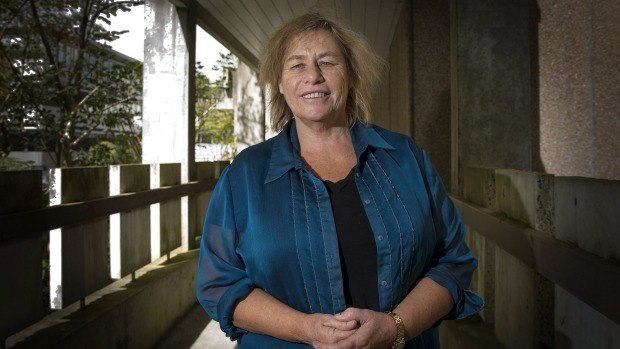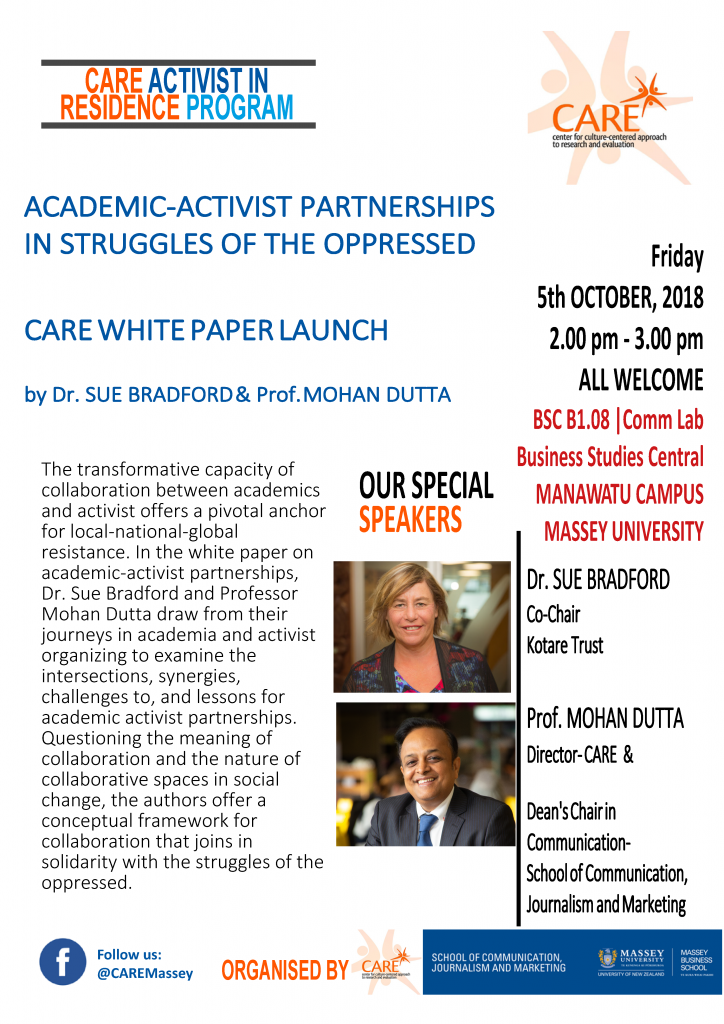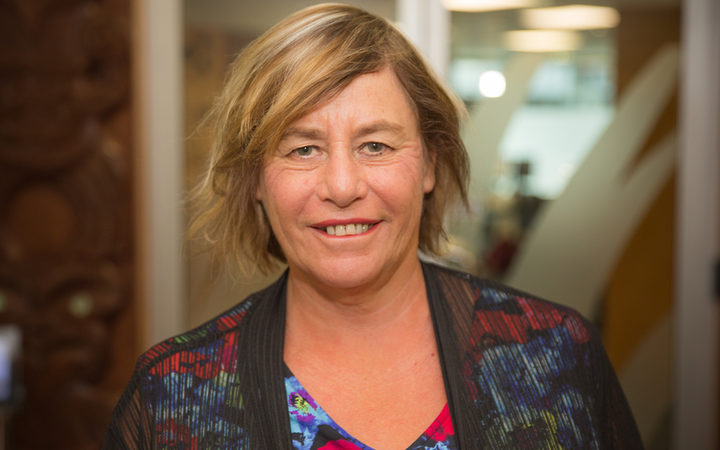| 11:30 am to 12:30 pm |
Jeremey Fernando, Liew Khai Khiun, Alex Mitchell |
Panel 1: Community And Interventions
Social Media and the affective digitalized communications of Animal Welfare in Singapore
Dr Liew Kai Khiun, Nanyang Technological UniversityAbstract: This topic seeks to discuss the pivotal role in which social media has played in platforming the presence of animal welfare and rights advocacy in Singapore. Until the recent decade, the Society for the Prevention of Cruelty (SPCA), a venerable NGO established from the colonial era shouldered predominately issues on animal rights and welfare in Singapore, considered as the most disadvantaged and marginalized of social groups. Already severely stretched as an animal shelter, the SPCA’s lobbying efforts were limited in the face of the changing socio-cultural dynamics in Singapore as the agrarian economy of the postcolonial city-state urbanized rapidly. Some issues cover that of the archaic practice of systematic culling of strays displaced by infrastructure projects and reactions to epidemics, lax laws and enforcement in dealing with trafficking, abuse and neglect of animals from the booming pet industry, as well as the prohibition of ownership of cats and larger breeds of dogs in public housing estates. The 2010s have witnessed the emergence of a spectrum of registered and private groups in Singapore into the care and advocacy for animals in the republic. Classified commonly as Animal Welfare Groups (AWG) with new players and agendas on specific domestic animals and wildlife. In many respects, the internet and social media of especially Facebook have given activists and volunteers the critical public platforms in social mobilization through efforts of fundraising, providing even real time information for rescue and rehoming of individual animals, monitoring of individuals and institutions involved in commercial and regulatory bodies, and public advocacy for legislative reforms. Based also on the author’s personal involvement in AWG work for several years, the staging of animal welfare issues in social media brings out novel perspectives of affective digitalized communications by social movements in emotionalizing and amplifying the otherwise silenced non-human subjects.
Resisting Art
Jeremy Fernando
Abstract: In this performance-talk, I will attempt to respond to a call from Mohan Dutta to speak on, to write about, the possibility of art as resistance — that is, to meditate on the possible relationship between resistance and art. Whilst doing so, I will also try to attend to the notion that art is an encounter — between one and something that is brought forth in the movement from craft to something other than what is created through tekhnē. And, if so, it is always also potentially unknown, unknowable, until it happens, perhaps even after it happens. That, even as it might be experienced, felt — an encounter through aisthesis — it is quite possibly a moment beyond cognition; un pas au-delà, as it were. And if so, then perhaps all attempts to know it potentially do nothing other than to frame, to confine, its potentiality.Thus, perhaps the very thing that one has to do — if one is to attempt to maintain the possibility of resistance in art — is to resist what one thinks is art itself.
Playing with Interactivity as a Poetic Device
Alex Mitchell
Abstract: Increasingly, we are experiencing a world mediated by digital media. There is a constant need to reassess the information we are presented with, and to understand the computational systems that we are using and are being used by every day. Examples include the often unexpected suggestions received from the autocorrect function on our smartphones, and the automatically “curated” information presented in our Facebook feed, both of which are driven by underlying algorithms that adapt to our actions. These complex underlying systems tend to remain invisible and uncontested. Building upon Shklovsky’s notion of defamiliarization, I will use a series of examples to argue that interactive stories, games and interactive art, by making unfamiliar those aspects of the systems that we have come to take for granted, can help us to pay attention to, critically reflect on, and potentially make sense of this complexity. |
| 3:00 pm to 5:00 pm |
Asha Pandi, Anuradha Rao, Dazzelyn Zapata |
Panel 3: Creating Digital SpacesState Power, Civil Society and Political Activism in Malaysia
Asha Rathina Pandi
Abstract: Civil society flourishes under conditions that include freedoms of speech and assembly. But, what happens when those conditions are lacking? Some say civil society cannot or does not exist in countries without constitutional guarantees. Others suggest that people find outlets for social and political interaction regardless of institutional restrictions upon civil society. This research explores the 2007 Hindu Rights Action Force (HINDRAF) and 2007-2016 BERSIH protest rallies in Malaysia where freedoms are limited, but where political unrest regularly challenges the state. With the Malaysian political structure labeled as a “semi-authoritarian,” and given tensions on ethnic relations, the social use of space not only carries strong political dimensions, but successfully limits the appearance of crowds in public spaces. Therefore, appropriated virtual space where actions stem from becomes a key driver in environments with limited civil liberties. This research reveals despite authoritarian power that limits civil society activism, not only civil society exists in Malaysia, but it has managed to carve out its space for activism through communication technology networks. This role, however, must be examined within a certain context – the specific circumstances, conditions, histories and actions of the various social actors and social movements.
New Technologies and Implications for Civil Society and Democratic Engagement in India
Anuradha Rao
Abstract: In recent years, ‘traditional’ civic and political actors have been joined by newer, Internet-enabled actors in a wide variety of democratic engagement activities. This talk examines the ways in which information and communication technologies (ICTs) have influenced the evolution of newer civil society relationships, forms, actions, and spaces in urban India. Based on ethnographic research in Bengaluru, India’s ‘IT City’, as well as insights from ongoing investigations in this field, this talk highlights the implications of the rise of these newer civil society forms for both civil and political engagement. For instance, the rise of a more democratically engaged, English-speaking middle-class in urban centres has produced both new synergies as well as new tensions with older types of civil society actors. Such new relationships among and within civil society are among a host of factors that need to be more deeply examined to fully appreciate the implications of an internet-enabled civil society in India.
Texting galatis and the ili: Narratives of indigenous civic engagement, collective action and the mobile phone
Dazzelyn Baltazar Zapata
Abstract: The Cordillera mountain range in the northern part of the Philippines is recognized as the traditional domain of the Igorot, or people of the mountains. In Mountain Province, Igorot community members use the term ili to refer to their hometown/community. It carries with it a strong emotional reference to their culture, of sharing the same practices, values, and tradition.
Three indigenous communities- Panabungen, Besao; Payag-eo, Suyo, Sagada; and Guina-ang, Bontoc- inform this empirical paper on collective action and civic involvement as nuanced by their mobile phone use. Although this may be strikingly different from the digital activism that we see unfold on the internet, the paper lets us glimpse into how a traditionally off-the-grid community makes use of digital media for their community needs.
The concept of the ili or ‘home’ is at the heart of the village members’ identity as Igorot. Not surprisingly, collective action and civic involvement gravitate around the ili, individual milestones are shared and such activities are rendered voluntarily or galatis (free).
For example, community members bring rice as contribution day before a wedding. Men help out butcher pigs and the women help slice meat and peel vegetables. They also help construct the house for the starting couple, galatis. After childbirth, when the umbilical cord dries and peels off, they celebrate by bringing rice or other produce to welcome the new addition to the community. The baby is then given an Igorot name reminiscent of an ancestor. In instances of death, the bereaved are spared entertaining guests and buying or serving food- the neighbors and distant relatives carry it out.
Community members render the same volunteerism for bigger community-wide concerns like removing roadblocks during typhoon season, fixing their roads, putting up posts for electricity, constructing their water system, and helping build their schools among others. Considered at the fringe of nationally-articulated development due to its distance from the political center, these indigenous villages have long had a self-sustaining governance and has been living in the midst of collective action.
Community members share stories of coordinating galatis using their mobile phones. The gadget has also started to replace their town criers (those who chant the news) more and more. Currently, members of the communities have started to gain access to the internet primarily through free Facebook access. These are now sites of as well of their collective action.
Guided by the culture-centered approach, an alternative lens built on the notion that understanding and negotiating meanings are embedded within cultural contexts and values (Dutta, 2008), the proposed paper will discuss how the Igorot’s sense of collective action and civic-engagement is affected, mediated, manifested and complicated by their use of their mobile phones. |









 26 – 27 September 2017
26 – 27 September 2017